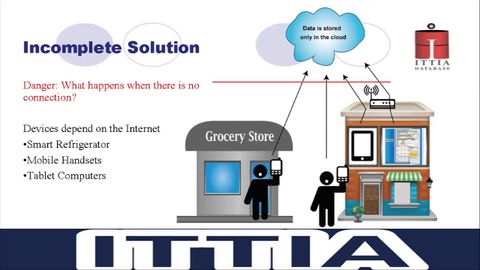物聯網數據管理 (Internet of Things Data Management)
Victor Huang 發佈於 2021 年 01 月 14 日  沒有此條件下的單字
沒有此條件下的單字US /ˈfɪzɪkəl/
・
UK /ˈfɪzɪkl/
- n. (c.)身體檢查
- adj.身體的;肉體的;物質的;物理的
- n.體育
US /ˌæplɪˈkeʃən/
・
UK /ˌæplɪˈkeɪʃn/
- n. (c./u.)應用程序;應用;應用;運用;申請;努力;應用
US /kəˈmjunɪˌket/
・
UK /kə'mju:nɪkeɪt/
US /stɔr, stor/
・
UK /stɔ:(r)/
- v.t.儲存;存儲
- n. (c./u.)(儲物的)倉庫;商店

